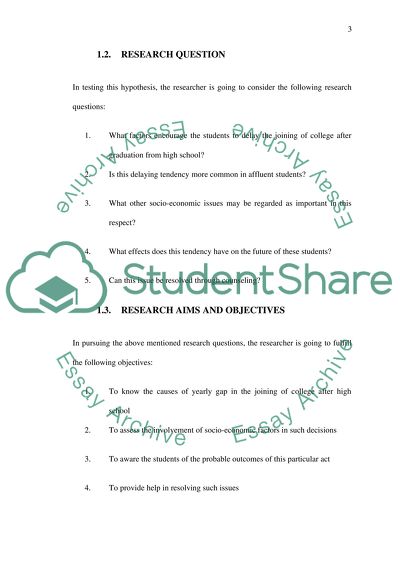Cite this document
(“Is a student from an affluent home more likely to take a gap year Research Proposal”, n.d.)
Retrieved from https://studentshare.org/sociology/1426049-is-a-student-from-an-affluent-home-more-likely-to
Retrieved from https://studentshare.org/sociology/1426049-is-a-student-from-an-affluent-home-more-likely-to
(Is a Student from an Affluent Home More Likely to Take a Gap Year Research Proposal)
https://studentshare.org/sociology/1426049-is-a-student-from-an-affluent-home-more-likely-to.
https://studentshare.org/sociology/1426049-is-a-student-from-an-affluent-home-more-likely-to.
“Is a Student from an Affluent Home More Likely to Take a Gap Year Research Proposal”, n.d. https://studentshare.org/sociology/1426049-is-a-student-from-an-affluent-home-more-likely-to.


